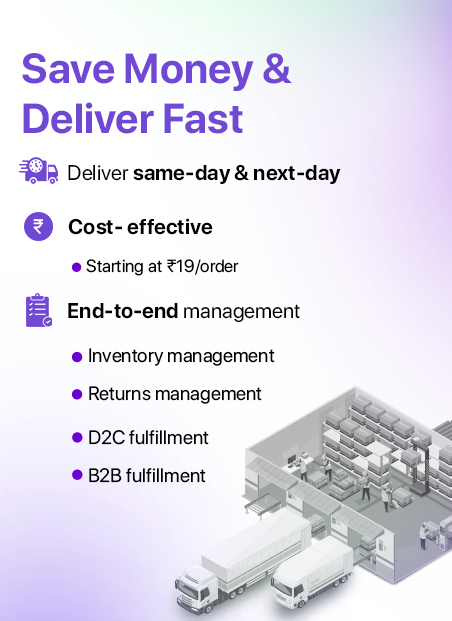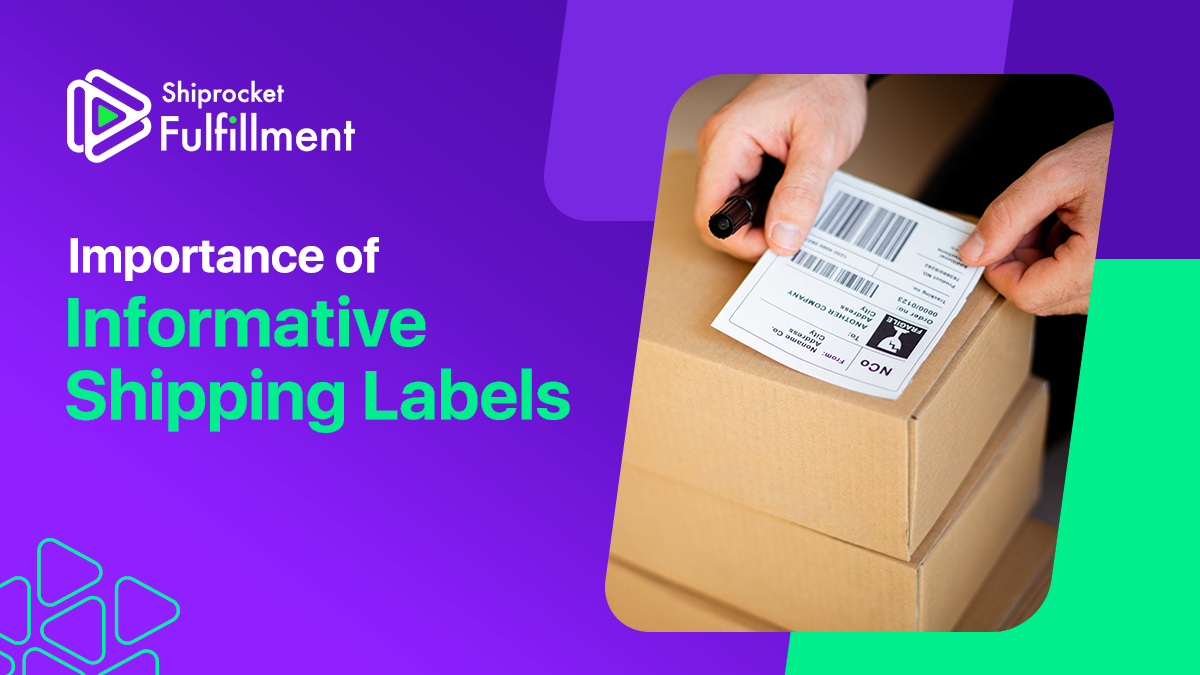
Why Should You Invest in Informative Shipping Labels?
Managing a business involves a lot of bigger and significant tasks and aspects where a business owner often overlooks the smaller...

Intelligent Tricks to Decrease RTO in eCommerce for Your Online Business
Did you know, at least 30% of all products are ordered online or returned? Moreover, 92% of consumers believe that they...
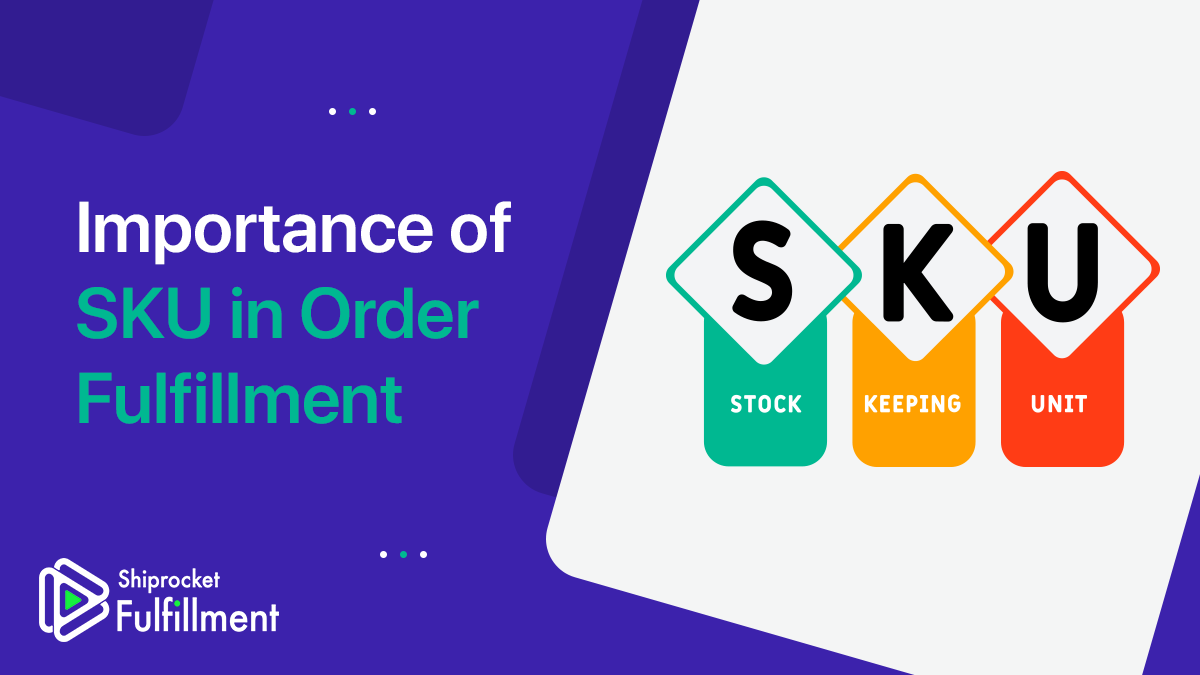
Importance of SKU in Order Fulfillment
Running an eCommerce business is not an easy task. It requires a thorough understanding of all the terms and aspects related...
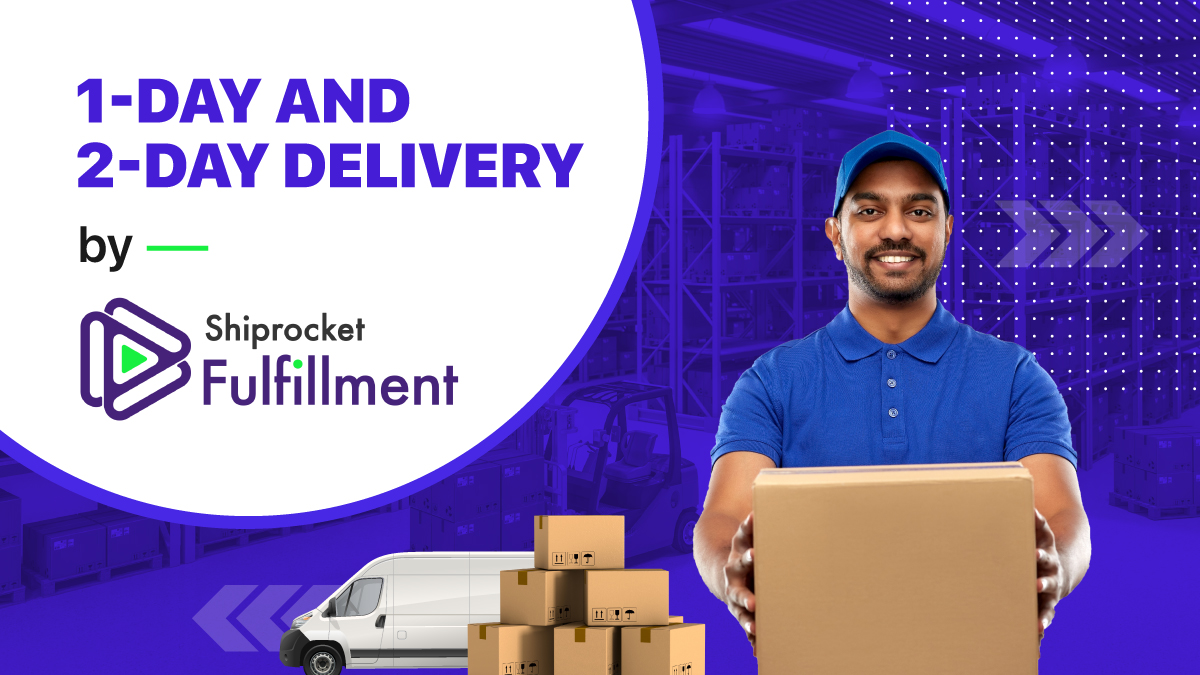
Things to Know About Shiprocket Fulfillment’s 1-Day & 2-Day Delivery Services
With the changing dynamics of eCommerce in the country, customers are now looking for faster delivery options like one-day and two-day...
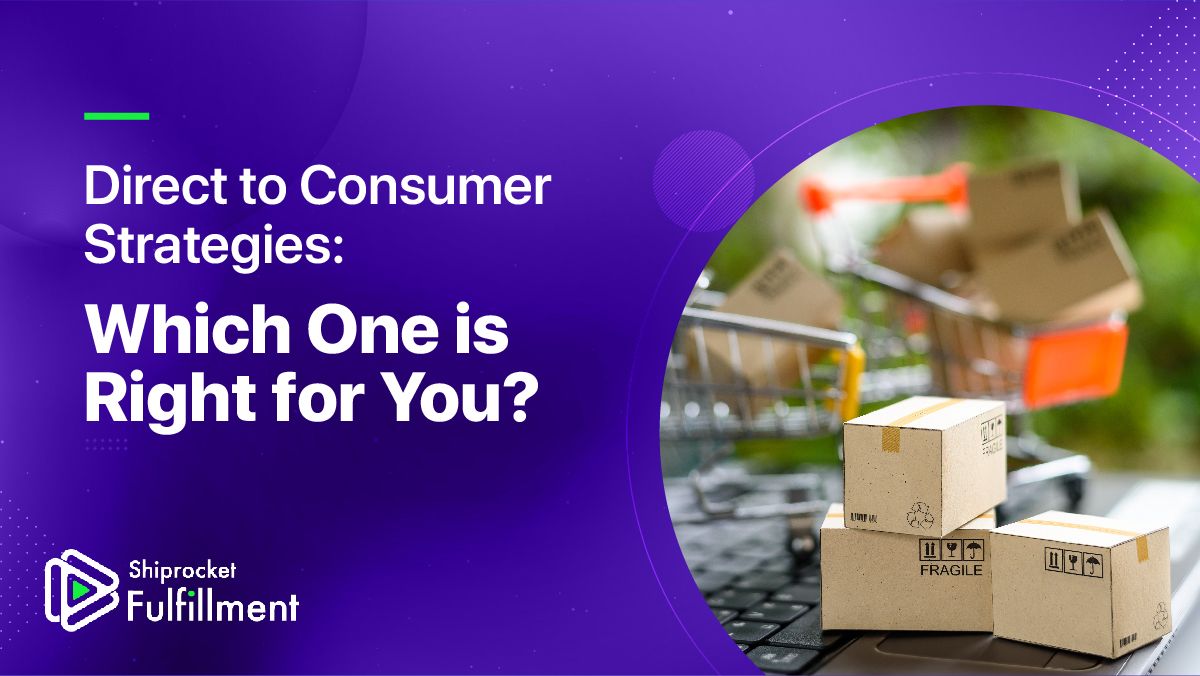
Direct to Consumer Strategies: Which One is Right for You?
To ensure your business’s success, you need to take your business everywhere. Then only you can capitalize on all opportunities and...
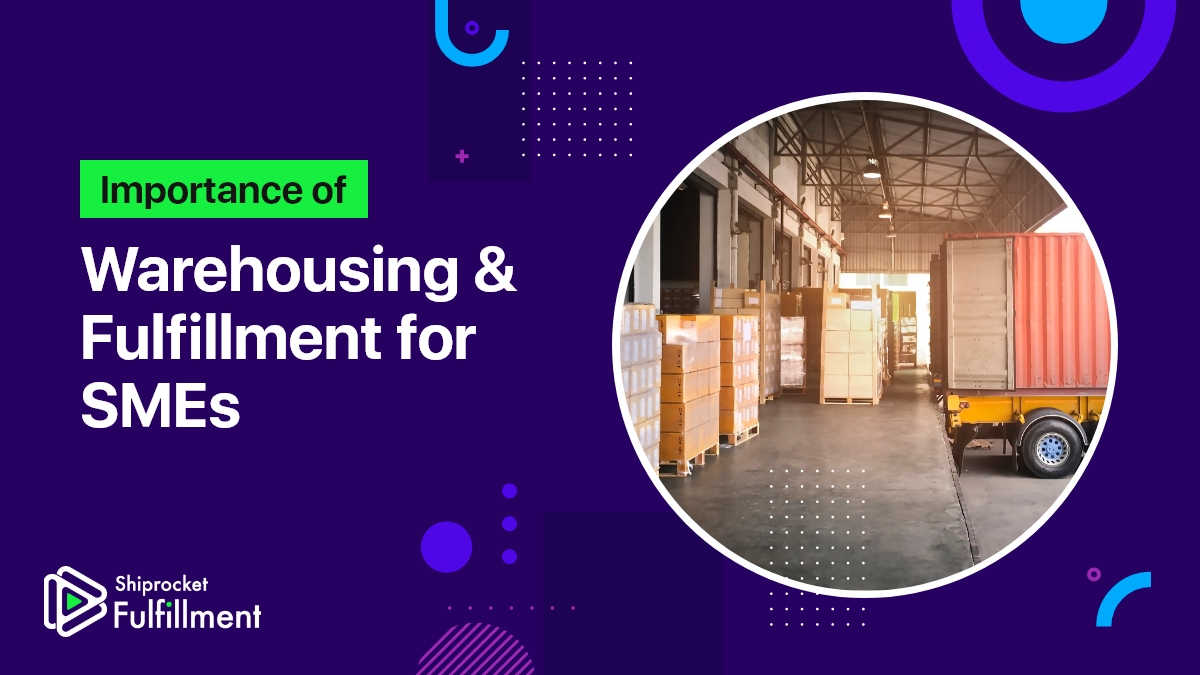
Importance of Warehousing and Fulfillment for SMEs
The COVID-19 crisis in India has fuelled the growth of eCommerce by many folds. The need for a flexible and resilient...
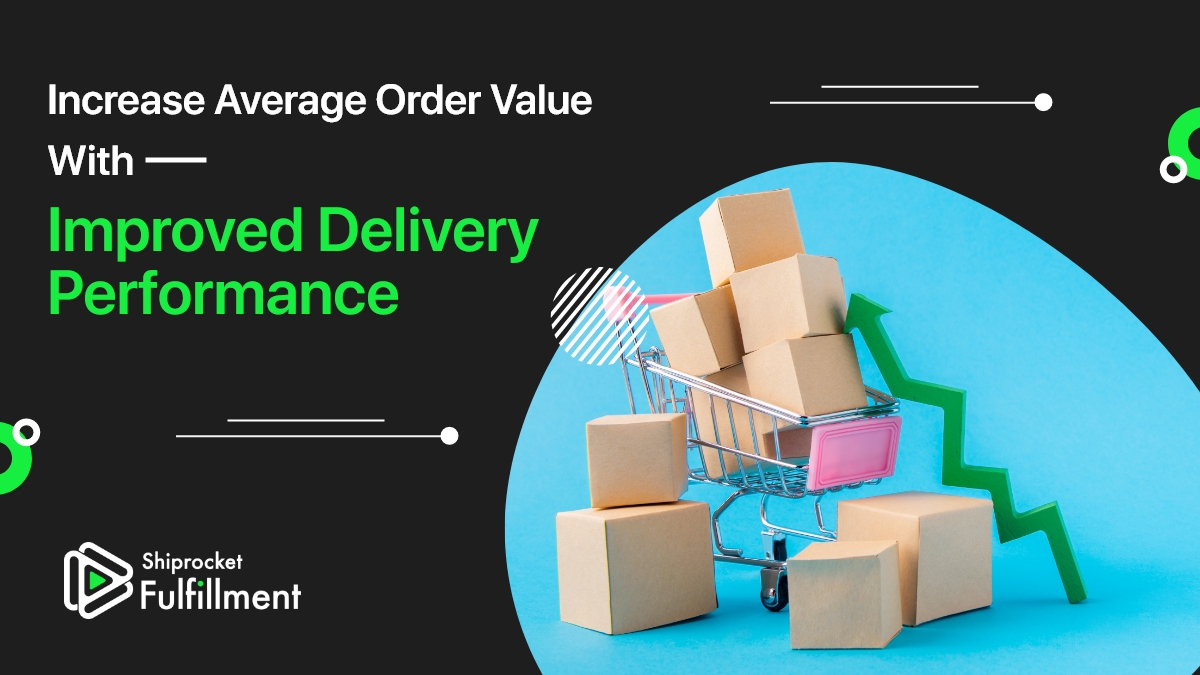
How to Increase Average Order Value With Improved Delivery Performance?
Average order value is a crucial metric to track for the success of your business. If you want to track growth...
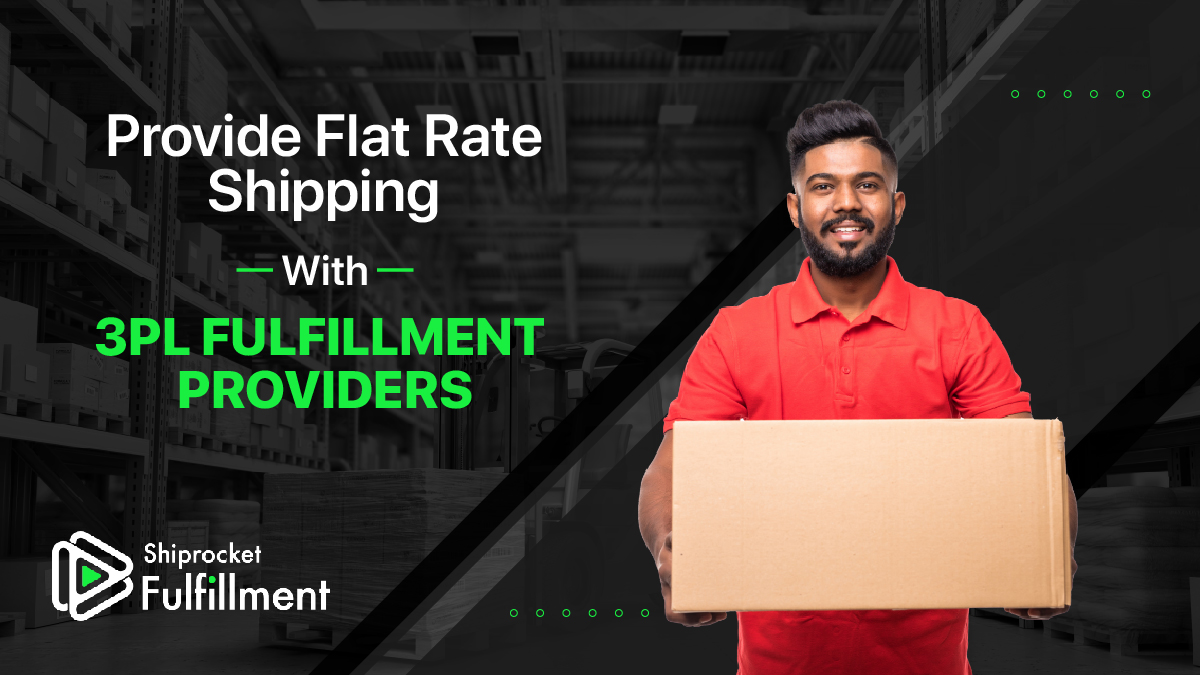
How Can You Provide Flat Rate Shipping With 3PL Fulfillment Providers?
Shipping margins are an essential component of your eCommerce business. If you want to run your eCommerce business successfully, you need...
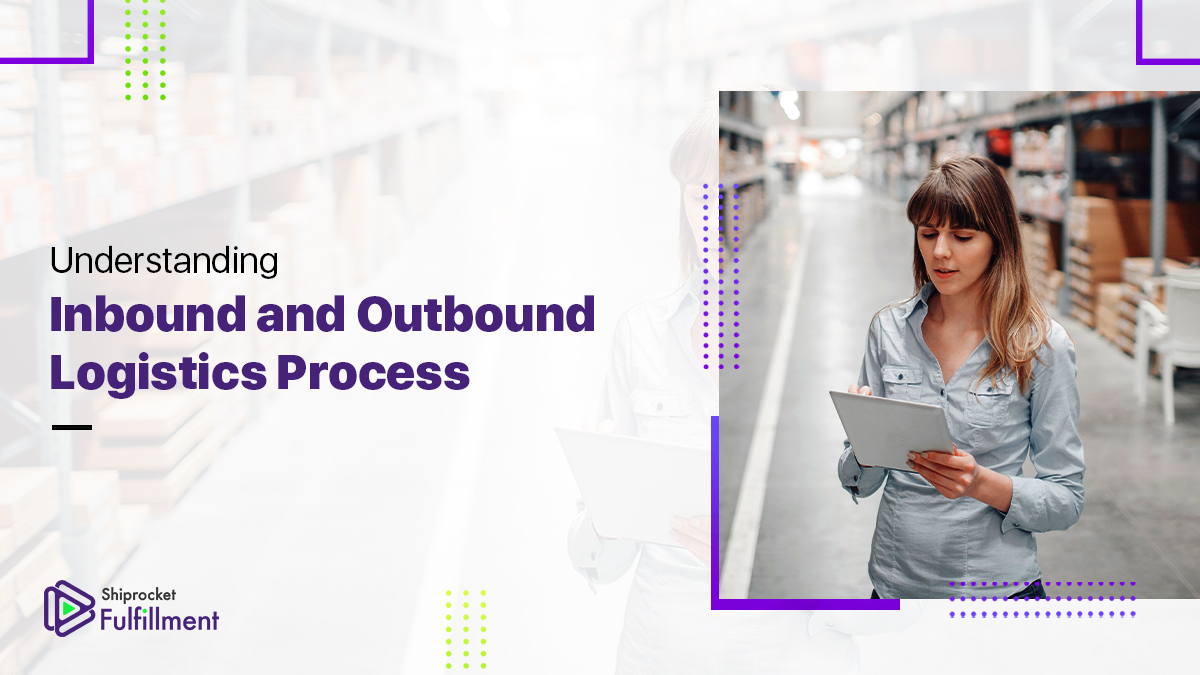
A Deeper Look at Inbound and Outbound Logistics and Fulfillment Processes
eCommerce logistics management is a taxing task that requires you to be attentive at all times. It includes several processes that...
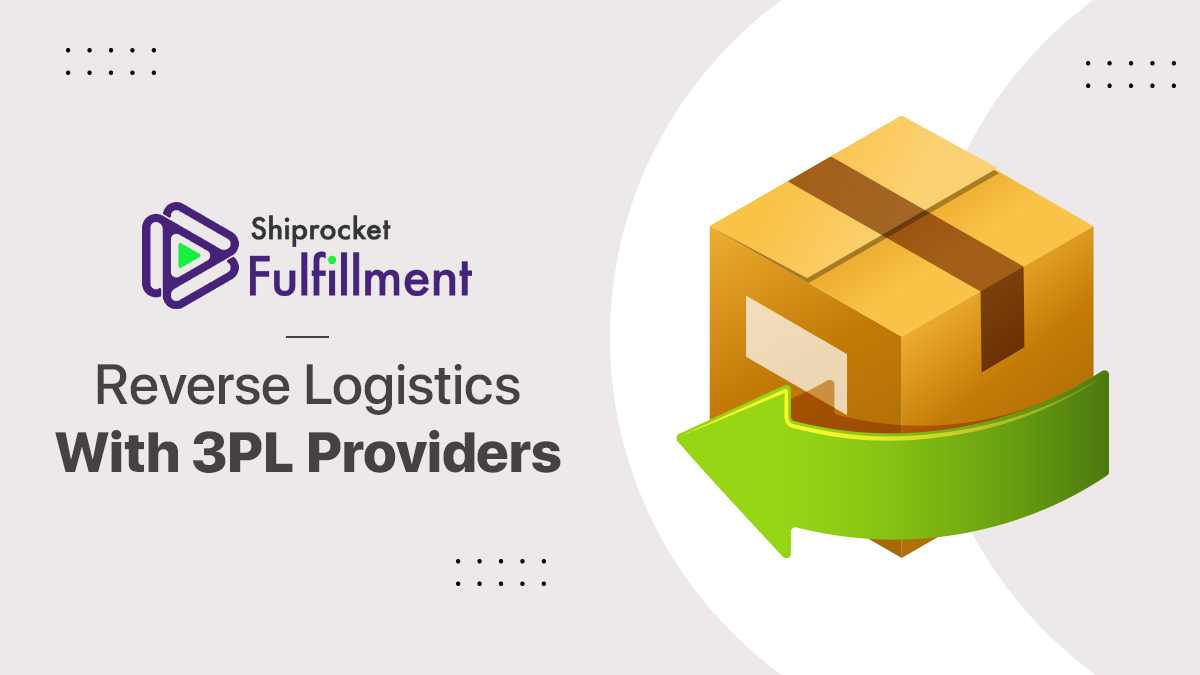
5 Reasons to Opt for 3PL Reverse Logistics Management
According to research by invespro, at least 30% of all products ordered online are returned. This means that online shopping is...
Get a callback from our expert within minutes

